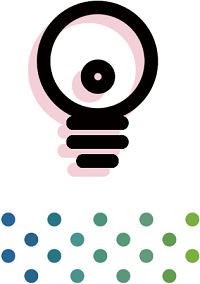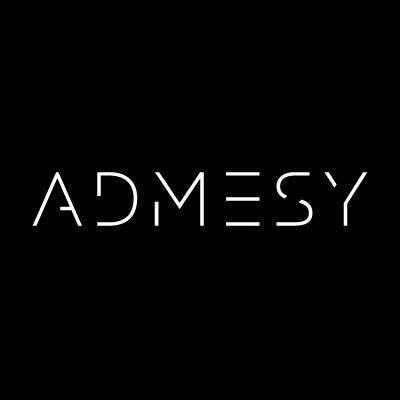Sponsored by AdmesyApr 16 2018
Accurate and objective measurement and monitoring of light and color is critical in various applications and industries. Each industry has its own requirements and challenges when measuring color and light in, for instance, research and development or production.

Image Credit: Tomas Jasinskis/shutterstock.com
Four key application areas where Admesy provides support include display, OEM spectrometry, analysis and lighting applications.
OEM Spectrometry

Image Credit: Admesy
Apart from the direct integration into production lines or standalone applications, Admesy’s Rhea series spectrometers provide custom-made spectral measurement engines ideally suited for OEM integration.
Thanks to their configurational flexibility, these spectrometers can be used for any OEM integration where accuracy and high-end measurements are key.
Display

Image Credit: Admesy
Large displays as well as mobile display systems such as OLED, LED and LCD may encounter variations in flicker, luminance and color due to difference in production processes. Adjusting or filtering these optical characteristics early, during R&D, and later in production lines, increases yield and customer satisfaction and saves time.
To ensure the quality of the end product is at a high standard, testing of displays is typically carried out at several stages during the development and production process. Typical display tests include response time testing, white point adjustment, adjusting and testing flicker, and color analysis to ensure uniformity of color reproduction of displays.
Lighting

Image Credit: Admesy
Solid state lighting (SSL) and LED is often regarded as the light of the future: combining efficient technology, low energy consumption, and long product life times. An inherent challenge to the production process of SSL products and LEDs are driver related variations in their optical characteristics such as flicker, color and brightness, even within the same production batches.
To ensure a high-end light product, these optical characteristics need to be measured during the development of LEDs and a 100% inspection must be carried out during the production process. Typical SSL and LED measurements include irradiance, radiant power, spectral power distribution, flicker and illuminance measurements.
Analysis Solutions

Image Credit: Admesy
Light absorption or fluorescence of translucent materials can be measured by using spectrometers as an analysis tool. For instance, spectroscopy is conducted on liquids in cuvettes or optical foils to measure color characteristics or to monitor reactions by measuring the spectral throughput.
Rapid analysis of fluorescent effects or small deviations in density or color of a product is possible when the product is placed between a spectrometer and a stabilized light source. The reflection of surfaces can be measured using methods like reflection analysis.

 Download Admesy's Guide to Light for More Information
Download Admesy's Guide to Light for More Information

This information has been sourced, reviewed and adapted from materials provided by Admesy.
For more information on this source, please visit Admesy.